Daechun Haejangguk (대춘해장국)
16.1Km 2021-03-24
398, Yeonbuk-ro, Jeju-si, Jeju-do
+82-64-757-7456
It has 30 years’ tradition. This Korean dishes restaurant is located in Jeju-si, Jeju-do. The representative menu is hangover soup.
Hallasan Mountain [National Geopark] (한라산 (제주도 국가지질공원))
16.1Km 2024-12-03
2070-61 1100-ro, Jeju-si, Jeju-do
+82-64-710-3945
Hallasan Mountain stands proudly at the center of Jeju Island and is perhaps the island’s most memorable landmark. Also called Yeongjusan Mountain, meaning "mountain high enough to pull the galaxy," Hallasan Mountain is widely known by scientists for its geological value. Designated as a national park in 1970, there are 368 parasitic cones called "oreum" (Jeju dialect meaning peak) around the main mountain.
Hallasan Mountain is famous for its vertical ecosystem of plants that results from the varying temperatures along the mountainside. Over 1,800 kinds of plants and 4,000 species of animals (3,300 species of insects) have been identified; to explore the mountain's treasures, simply follow one of the well-developed hiking trails.
Hallasan Mountain Trekking (한라산 트레킹)
16.1Km 2020-06-25
2070-61, 1100-ro, Jeju-si, Jeju-do
+82-64-740-6000
Situated on the southern tip of the Korean Peninsula, Hallasan is 1,950 meters in x_height and is the highest mountain in South Korea. Formed from volcanic activity, the mountain is a dormant volcano made mostly of basalt. Home to the magnificent Baekrokdam (lake-filled crater), the mountainside is covered with alpine flora and lush trees.
The mountain is characterized by majestic cliffs, steep slopes, interesting rock formations, and, in particular, myriads of colorful azaleas. There are over 360 small mountains (uniquely-shaped volcanic mountains called “Oreum” in Jeju dialect) surrounding Halla Mountain that offer new delights to visitors with the coming of each new season. Along with Hallasan, the oreums were officially named the Hallasan Natural Protection Area (Natural Monument No.12) in 1966.
There are six hiking trails along Hallasan. Seongpanak Trail on the east and Gwaneumsa Trail in the north go all the way up to the summit (Baekrokdam). Those looking for a less rigorous hike are advised to take the shorter trails reaching midway up the mountain. All trails are relatively short (less than 10 kilometers) and can be hiked in less than a day. Visitors are advised, however, to start early in the morning if planning on hiking up to the summit and to check official operating hours, as some trails are only open during certain hours of the day. Keep reading for information on some of the most popular trails.
* Gwaneumsa Trail (North)—Summit Trail
Gwaneumsa Trail offers hikers the best view of Hallasan’s deep valleys and stunning terrain. Midway along the trail is Guringul (a lava cave) and Tamna Valley. Tamna Valley is especially beautiful during the fall when the leaves are changing and during the winter when the entire area lays under a dusting of snow.
* Seongpanak Trail (East)—Summit Trail
This relatively long, gently sloping trail is perfect for beginners. Lush broadleaf trees give shade from the beating sun and in spring the azaleas bloom and turn the mountainside into a dazzling array of color.
* Eorimok Trail (Northwest)
This short trail is another relatively easy trail for beginners. In spring, the nearby meadows are adorned with red royal azaleas. From the stone pathway to Mansedongsan visitors can catch a breathtaking panoramic view of the countryside and the island’s signature Oreums.
* Yeongsil Trail (Southwest)
As the shortest trail in Hallasan, this trail boasts Yeongsilgiam (a spectacular cliff with series of unusual rock formations). It is covered with azaleas and royal azaleas in spring and vibrant autumn foliage starting in October.
Kim Young Gap Gallery Dumoak (김영갑 갤러리 두모악)
16.2Km 2022-08-31
137, Samdal-ro, Seogwipo-si, Jeju-do
+82-64-784-9907
The Kim Young Gap Gallery is a former elementary school turned into a gallery. Photographer Kim Young-gap, who had been suffering from Lou Gehrig’s disease, spent his life capturing the beauty of Jeju Island. He created the gallery during his last days so that he could ensure his works be shared for years to come. The gallery shows the photographer’s artistic passion, and his photos reflect the sublime beauty of Jeju Island, captured day after day in all kinds of weather.
Jeju Local Produce Display and Sales Market (제주 특산품전시판매장)
16.2Km 2021-07-27
473, Yeonsam-ro, Jeju-si, Jeju-do
+82-64-751-3360
Jeju Local Produce Display and Sales Market is located on the first floor of Jeju Small & Medium Business Center to promote small local producers and market their items. It displays and sells more than 2,200 agricultural items, seafood, processed food, crafts, and cosmetic items from 138 local producers. These items are based upon ingredients and materials produced in Jeju. Through direct dealings with producers, the market offers quality items at inexpensive prices. Online purchase is also available through its website.
Tamra One - Jeju Branch [Tax Refund Shop] (탐라원 제주)
16.3Km 2024-04-17
381, Yeonbuk-ro, Jeju-si, Jeju-do
-
Uwon (우원)
16.4Km 2021-03-30
129, Goma-ro, Jeju-si, Jeju-do
+82-64-753-1009
A popular restaurant for locals in Jeju. The best menu at this restaurant is grilled beef brisket. This BBQ restaurant is located in Jeju-si, Jeju-do.
Manjanggul Lava Tube [National Geopark] (만장굴 (제주도 국가지질공원))
16.4Km 2025-03-31
182 Manjanggul-gil, Jeju-si, Jeju-do
Manjanggul Lava Tube, located in Gimnyeong-ri, Jeju, is part of the Geomunoreum Lava Tube system. The lava tube stretches roughly 7,400 meters, with a maximum x_height of 25 meters and x_width of 18 meters. These measurements make it one of the largest lava tubes in the world. Manjanggul holds great value for science and conservation studies, having well-maintained formations despite being formed over one hundred thousand years ago.
The majority of the cave is closed off, with only 1 kilometer being open to tourists. Within this open section, visitors can see a variety of lava tube and cave topographical features, including stalagtites, stalagmites, and stone pillars. Among these, the 7.6-meter-tall stone pillar at the end of the open section is recorded as the largest in the world.
Haenyeo’s Kitchen Bukchon Branch (해녀의부엌 북촌점)
16.6Km 2024-01-09
31 Bukchon 9-gil, Jocheon-eup, Jeju-si, Jeju-do
Haenyeo’s Kitchen Bukchon Branch was renovated from a fishing village warehouse and is a unique restaurant where visitors can enjoy meals while appreciating the media art in a 360-degree panorama. Only 14 people are invited to a table of dishes carefully prepared by 12 artists to taste a course meal of seafood collected by haenyeo (female divers who collect seafood). While dining, the customers are entertained with media art and a storytelling by a docent that depicts the life of haenyeo divers and their village. The four-course lunch lasts 80 minutes, and the seven-course dinner lasts 120 minutes. Unique dishes, such as shindari, the fermented beverage; sangwetteok, Jeju’s traditional rice cake; uyeongpat with bracken and bean sprouts; Nangpun Set Menu comprised of top shells, red tilefish, seafood wraps, steamed pork slices, vegetables, and other side dishes; omegi rice cakes, become special memories of the trip in itself. Admission is available for those aged 6 or older, and reservations are required.
Korea Medical Institute Jeju Clinic ((재)한국의학연구소 제주의원)
16.7Km 2025-07-29
61 Sororeum-ro, Seogwipo-si, Jeju-do
Korea Medical Institute (KMI), a leader in 'K-health checkups,' operates health checkup centers across eight locations nationwide, from Seoul to Jeju. KMI has been striving to prevent and detect diseases early. It has led the popularization of comprehensive medical examinations in Korea. Based on 41 years of accumulated data and expertise, KMI has enhanced its capabilities in health checkups, services, and brand value.
By utilizing its diagnostic data accumulated over the years, KMI provides accurate test results and follow-up care promptly.
KMI will stay committed to becoming a lifetime health management partner and 'K-health checkup' leader by leveraging its excellence in Korean medicine, beyond health checkups for foreign patients.
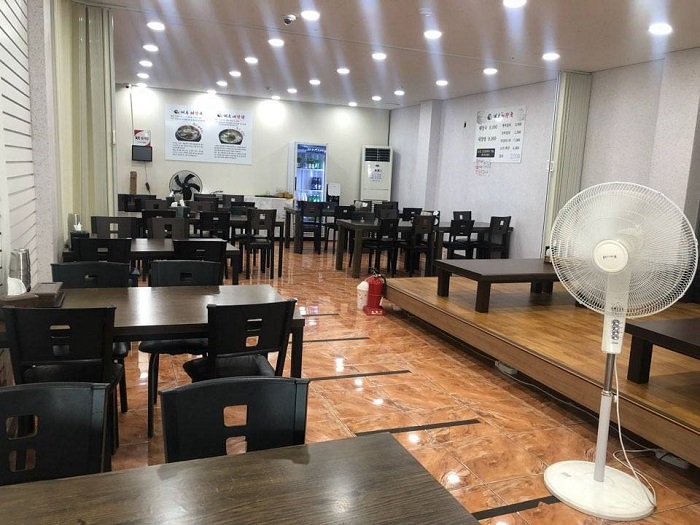
![Hallasan Mountain [National Geopark] (한라산 (제주도 국가지질공원))](http://tong.visitkorea.or.kr/cms/resource/98/2870098_image2_1.jpg)
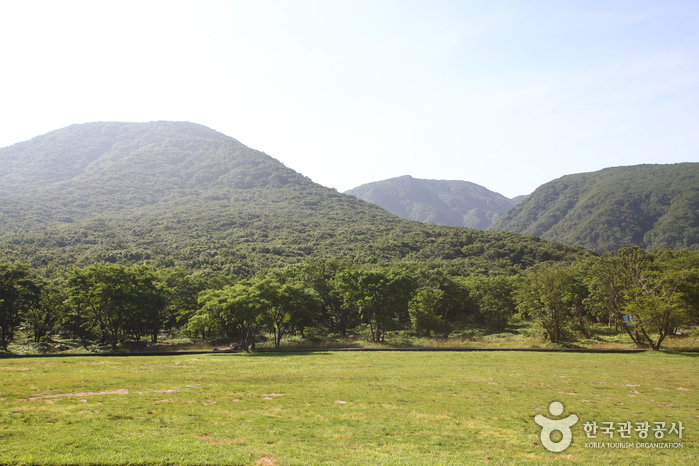
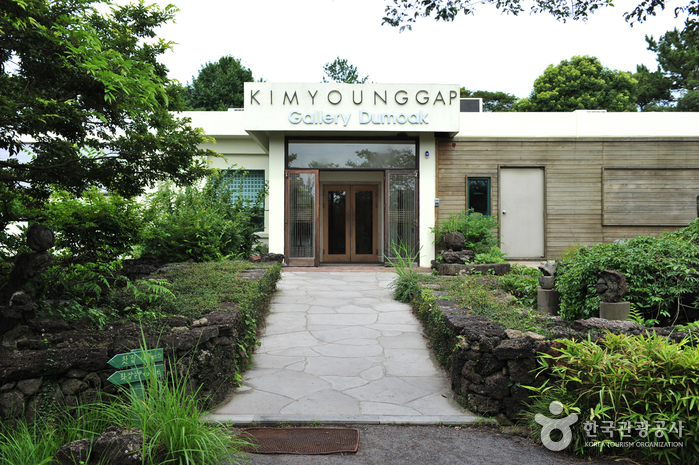

![Tamra One - Jeju Branch [Tax Refund Shop] (탐라원 제주)](http://tong.visitkorea.or.kr/cms/resource/33/2887433_image2_1.jpg)
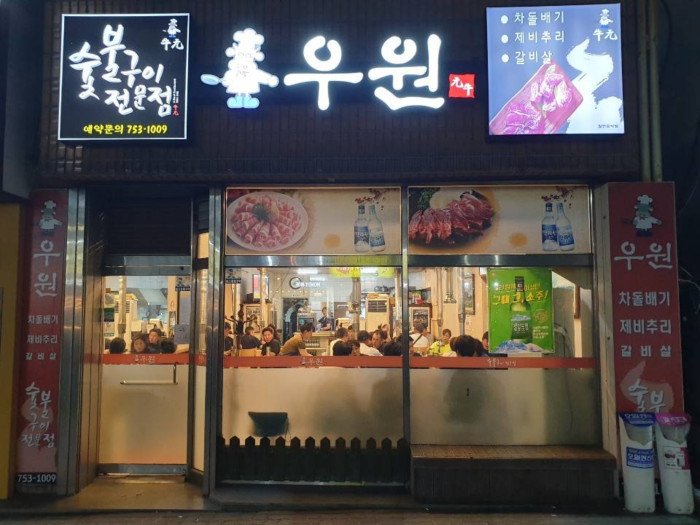
![Manjanggul Lava Tube [National Geopark] (만장굴 (제주도 국가지질공원))](http://tong.visitkorea.or.kr/cms/resource/55/3354155_image2_1.jpg)
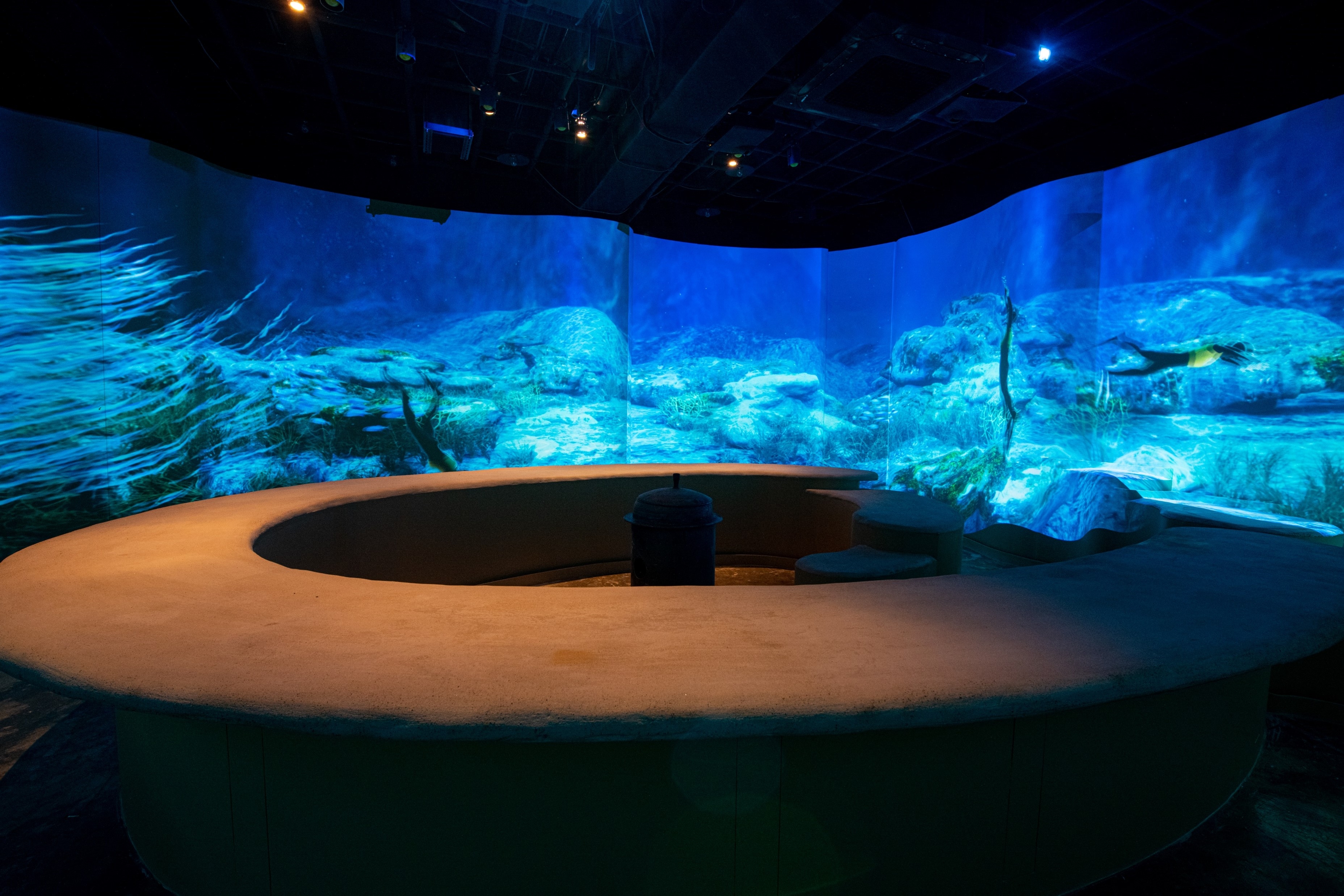

 English
English
 한국어
한국어 日本語
日本語 中文(简体)
中文(简体) Deutsch
Deutsch Français
Français Español
Español Русский
Русский